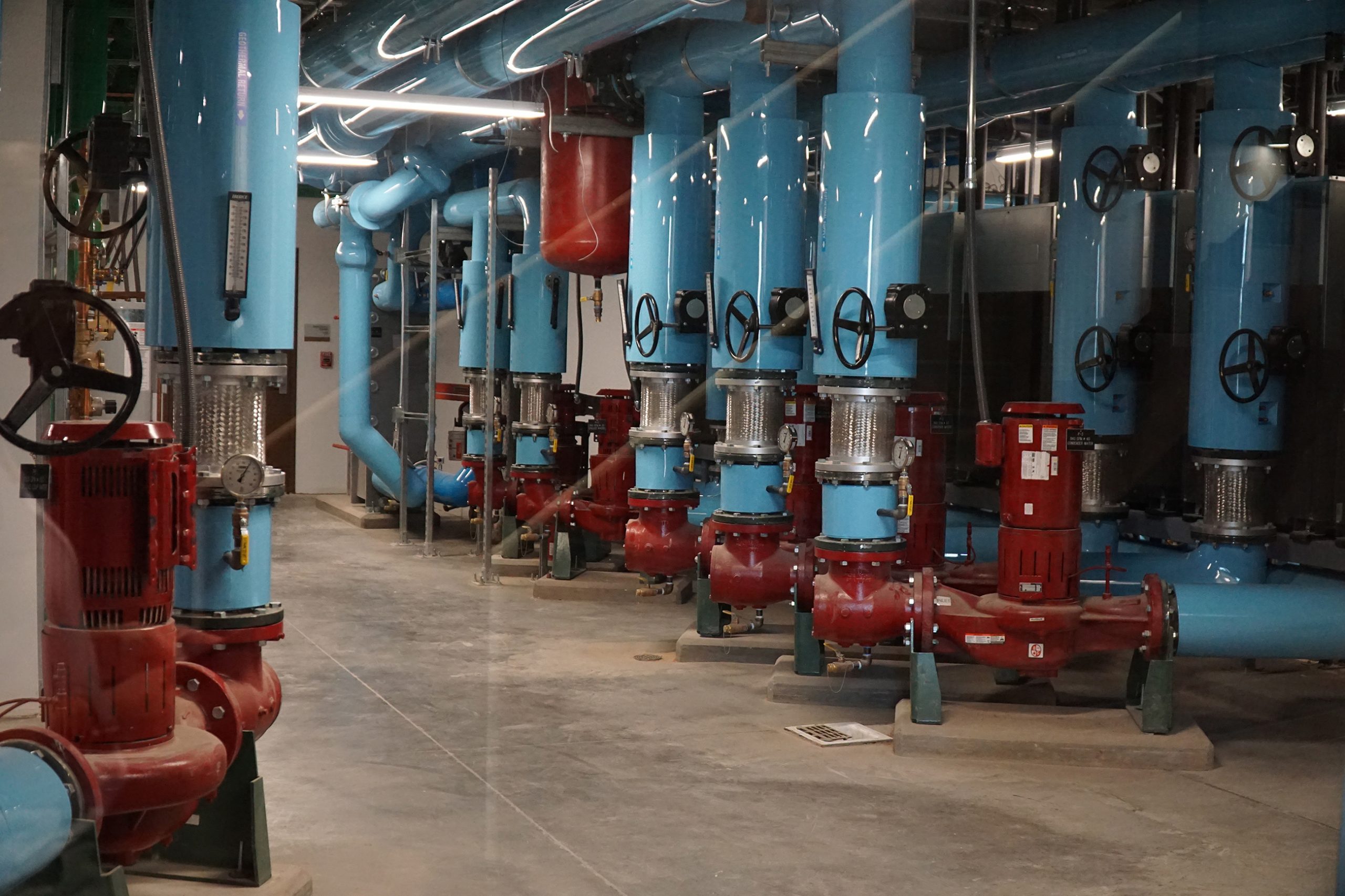
Originally published in @theU on April 17, 2020
By Wes Mangum, Facilities Management
As the University of Utah community prepares to celebrate the 50th anniversary of Earth Day from home, it does so with the achievement of a significant milestone. The U has exceeded a goal it committed to nearly nine years ago through smart energy management that resulted in cost savings for the university and cleaner air for the local community.
The U eclipsed its Better Buildings Challenge (BBC) goal with energy savings of 25 percent across 17 million square feet of building space since 2008, the base year for the commitment. The challenge is a federal initiative launched under President Barack Obama in 2011 through the U.S. Department of Energy. Its goal is to make American commercial and public buildings, industrial plants, data centers and multifamily housing at least 20 percent more energy efficient over a 10-year period.
“These savings impact everyone on campus. The university is able to save a significant amount of money while improving the air we breathe,” said Dave Quinlivan, director of Operations and Logistics in Facilities Management. “Buildings are made more comfortable and reliable, and demand is reduced on Facilities and Utility infrastructure. This extends the life of these assets and frees our capacity to serve new buildings as we grow.”
Of the 23 colleges or universities in the nation to participate, the University of Utah is the 5th in the nation to meet or exceed the BBC goal. It’s also the second-largest university by square-footage to reach its goal, behind Michigan State (20 million square feet).
Last year alone, the U decreased local air emissions by 3.2 percent in a serious non-attainment area. Changes have also significantly reduced carbon emissions in line with the university’s 2050 carbon neutrality goal.
The University of Utah has been using less energy as it rapidly expands. Total energy consumption and costs are the lowest they’ve been since 2011, despite a 25 percent growth in total building area over the same time span. A focus on operational efficiency, source energy management, and the use of increasingly efficient infrastructure in construction and renovation projects has allowed the university to realize these energy savings.
“These results are huge and truly unique at a campus scale, resulting from over a decade of work from our Planning, Design, and Construction and Facilities Management teams,” said Chris Benson, associate director of Sustainability & Energy in Facilities Management. “This is a real testament to the talent and dedication of staff members, the impact of design and construction requirements and the ongoing support we have all been given by leadership.”
Changes to existing structures and systems, as well as new construction, contributed to the university’s success in the challenge. Energy-saving tools increased the efficiency of operations for many of the 280+ buildings on campus. One of the most cost-effective tools has been zonal scheduling, which allows for major mechanical equipment of a building to continue serving critical needs of small zones (such as critical lab experiments or classrooms) while minimizing waste in other areas. Another powerful and low-cost strategy used is controls optimization for air ducts, pumps, and heating and cooling systems, which use real-time sensor feedback to continually meet conditioning needs with the least amount of energy and equipment wear.
Additionally, major lighting and HVAC system upgrades have taken place in key locations on campus. The Marriott Library, the Eyring Chemistry and Biology Buildings, and the Dumke Health Professions Education Building have all received large-scale energy efficiency upgrades. Data analyses have also made a difference in the quest for efficiency. The Sustainability & Energy team in Facilities Management has used analytics to identify failed equipment. They’ve also provided thermostat use guidelines to faculty, staff and students to educate and inform the U community about the role of the individual in saving energy.
Since committing to the BBC, the university has had a high level of construction, including renovating or replacing old and/or inefficient buildings. This combination of removing an old energy hog and adding a highly-efficient building doubly impacts progress. The recently-constructed Carolyn and Kem Gardner Commons, which replaced Orson Spencer Hall, is a good example of this approach. Two of the largest ongoing construction projects at the university, the Ken Garff Performance Zone at Rice-Eccles Stadium and the Kathryn F. Kirk Center for Comprehensive Cancer Care and Women’s Cancers at the Huntsman Cancer Institute, are showing projections of 20-30 percent improvement over code in energy performance.
“The University uses about 1 percent of all energy in the state of Utah to serve its educational, research and healthcare missions,” Benson said. “When we see big reductions in energy use and are able to pioneer use of significantly cleaner energy in the state, we’re making measurable impacts and positive change to the community.”
Separate from the Better Buildings Challenge, the university has drastically increased its energy sourced from renewables. A 20-megawatt geothermal power purchase agreement—one of the largest renewables contracts in the nation for a university—started delivering power to campus in Fall 2019. This geothermal agreement brought the university to 53.7 percent of its electricity coming from renewable energy. By the end of 2021, additional solar renewable power purchase agreements are expected to provide 71 percent of the university’s electricity from renewable sources.
The University of Utah is driving technological development by contributing to a cleaner, more affordable and more resilient energy system. These energy savings are tangible proof of the power of “One U,” and the results will allow us to all breathe easier.
